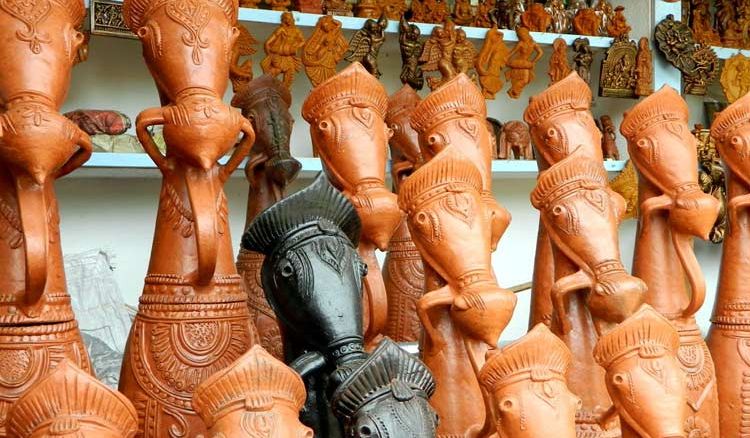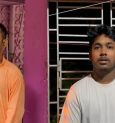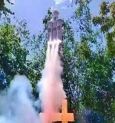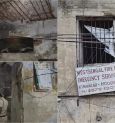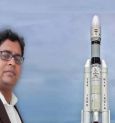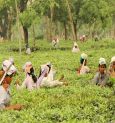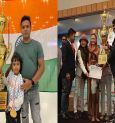Earlier whereas temples were made from stones or brick stone up until the times the use of cement and bricks which is still the trend – Bishnupur has retained its old custom of temples being made of terracotta. Terracotta in vernacular means “pora mati”. Figures are shaped when soil is made to burn in fire so that it hardens while the color changes into a hue of the darker shades of red and brown. Located in the Bankura district of West Bengal, Bishnupur is filled with artisans creating pictures and models of Gods and Goddesses of various sizes and shapes.
Temples in Bishnupur are an excellent illustration of the artistic uniqueness of the people of the area. Most of the temples in and around the area use terracotta tiles, while scenes from Puranas, Mahabharata, and Ramayana etc are engraved on the walls. Tourists visiting Bishnupur must make it an essential part of their to-do-list, to go and visit – Rasmancha, Lalgarh, Lalmanch, Panch Ratna Temple of Shyam Rai, Madanmohan Temple, Pathar Darwaja, Garh Darwaja and many other small and big temples around and the outskirts of the town with the smell of history reeking through their presence.
Other than temples, even pottery, artifacts, wall hangings, masks of tribal men and jewelry are also made from terracotta. In figurines, the most common ones are of horses, elephants, Nataraja, and Ganesha while many types of vases are also available. Over a period of time, the terracotta horse has come up as one of the symbols of Bengal and has achieved its place in the National Museum for quite a long time.
Besides terracotta, Bishnupur is also known for Baluchari sarees and a flourishing Gharana of music named after the town.
 বাংলায় পড়ুন
বাংলায় পড়ুন


